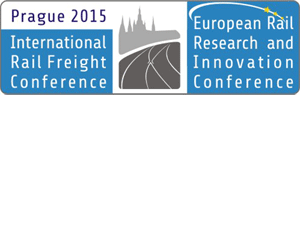EC identifies TEN-T infrastructure development needs representing EUR 700 bn of financial investment until 2030

The European Commission has published nine studies on the state of play and the development needs of the TEN-T core network corridors. The studies have identified infrastructure development needs which represent approximately €700 billion of financial investment until 2030. They highlight the importance of optimising the use of infrastructure along the corridors, notably through intelligent transport systems, efficient management and the promotion of future-oriented clean transport solutions. This is the first time that tens of thousands kilometres of rail, road, inland waterway connections, ports, airports and other transport terminals have been studied in such a comprehensive way and with a common methodology.
“We have to step up our efforts to make sure the core network will be fully operational by 2030, to ensure smooth transport flows for passengers and goods throughout the EU. Now is the time to invest in TEN-T projects and to maximise the benefits of the Connecting Europe facility and the Commission’s €315 billion Investment Plan. After all, the Trans-European Transport Network is crucial for a Union striving for more growth, jobs and competitiveness. As Europe is slowly stepping out of the economic crisis, we need a connected Union, without barriers, in order for our single market to thrive”, stated Violeta Bulc, EU Commissioner for Transport.
For each Trans-European Transport corridor, which is led by a European Coordinator, a team of external experts has undertaken a comprehensive study. They analysed the current infrastructure status, located problems hampering traffic flows for passengers and freight, and identified action to be undertaken from now to 2030. The results of these studies are available here. They include preliminary lists of projects which aim at completing cross-border and other missing links, removing bottlenecks, inter-connecting transport modes and enhancing interoperability – notably for railway traffic.
Next steps: The results of these studies will be taken into account when deciding on the allocation of EU funds for the period 2014 – 2020, under the . In particular, the “project pipeline” resulting from these corridor studies constitutes an important source for the € 315 billion , which was published by the Commission in November 2014. In this context, the Commission also mandated the former Vice-President of the European Commission, Henning Christophersen, as well as the European Coordinators Kurt Bodewig and Carlo Secchi to identify concrete TEN-T projects which are suitable for contributing to the new investment plan. They published an interim and presented their approach to the EU Transport Ministers at the Transport Council on 3 December 2014.
In Spring 2015, each European Coordinator for his/her respective corridor, will submit a corridor work plan to the European Parliament, the Council and the Commission. These work plans will guide the future corridor development. They build on the studies published today, and they will be subject to approval by the Member States directly involved.
The Christophersen – Bodewig –Secchi Group will present their final report also in Spring 2015.
Background:
The core network will connect:
- 94 main European ports with rail and road links
- 38 key airports with rail connections into major cities
- 15,000 km of railway line upgraded to high speed
- 35 cross-border projects to reduce bottlenecks
This will be the economic lifeblood of the single market, allowing a real free flow of goods and people around the EU.
Link to the nine studies








There are no comments at the moment, do you want to add one?
Write a comment